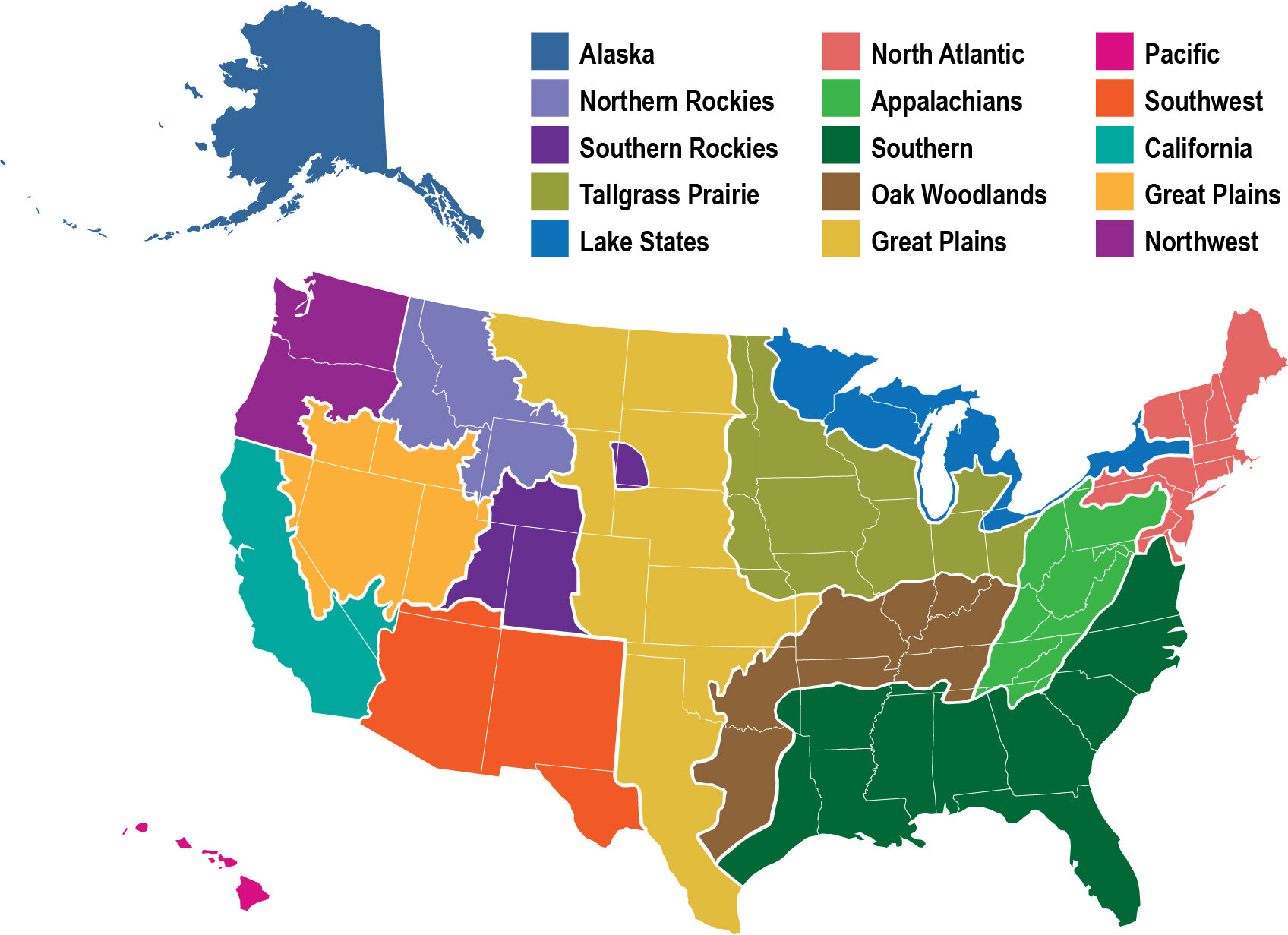Climate and weather drivers in southern California Santa Ana Wind and non-Santa Wind fires
/In our efforts to predict fire danger, we coupled CAL FIRE (California Department of Forestry and Fire Protection) FRAP (Fire and Resource Assessment Program) fire data with hourly climate data from four stations, and with regional indices of SAW wind speed, and with seasonal drought data from the Palmer Drought Severity Index. We found that different tools work better for SAW fires versus non-SAW fires.
View Full Article (Open Access)
Read More






